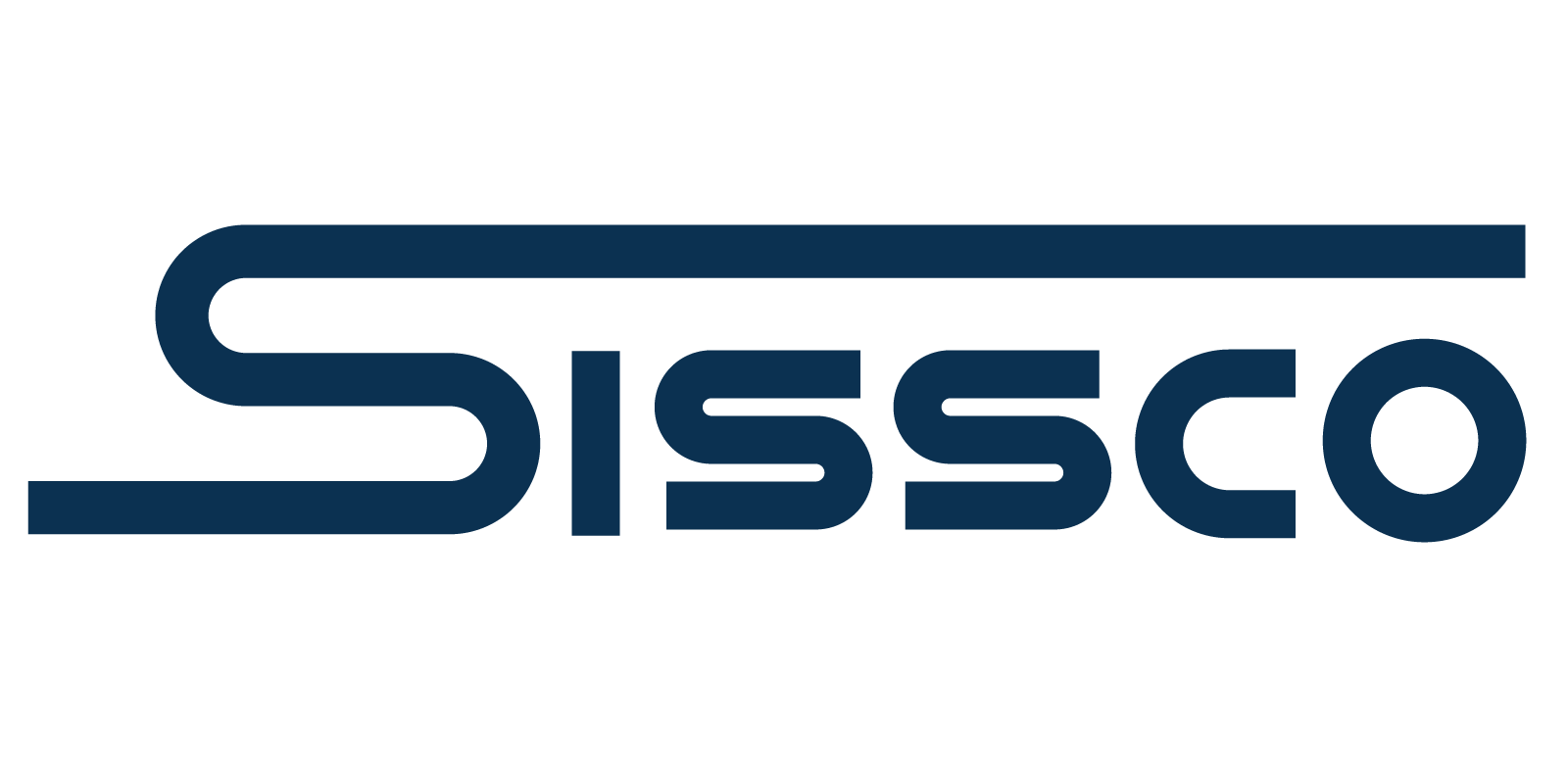SISSCO: Your NY Hoist Service Repair Partners
Hoist repair service refers to the professional maintenance and repair of hoisting equipment, which is crucial for the operation and safety of various industrial and construction activities. These services are typically offered by factory-trained and certified specialists, ensuring that they have the expertise to handle a wide range of hoisting equipment, including electrical, pneumatic, and fluid-powered systems. Repair often involves inspecting, testing, calibrating, and certifying hoists to meet safety and functional standards, including compliance with OSHA regulations.
Such services are essential for businesses relying heavily on hoists and lifting equipment for daily operations. Providers of hoist repair services may offer both on-site and off-site assistance, catering to clients’ needs in specific geographic locations, such as the New York metropolitan area. In addition to hoist repair, these companies may provide installations, periodic maintenance programs, OSHA-compliant inspections, and even equipment rental and sales, ensuring clients have access to fully functional and safe equipment.
Overall, hoist repair services play a pivotal role in the operational efficiency and safety of businesses that utilize lifting equipment. They help minimize downtime and ensure compliance with safety standards.
The Hoist Repair Process
Hoist repair service typically involves several key steps to ensure the hoisting equipment is safely and effectively restored to optimal working conditions. Here’s a general overview of what the process might look like:
- Initial Contact and Assessment: The process begins when a client contacts the hoist repair service provider, often to request an estimate or to schedule a repair. During this initial phase, the service provider may gather information about the hoist’s type and condition, its usage, and the symptoms of malfunction.
- Inspection and Diagnosis: A factory-trained technician then thoroughly inspects the hoist. This may occur on-site, where the hoist is used, or the hoist may be transported to a service center. The technician examines the hoist to diagnose the cause of the problem, checking for signs of wear, damage, or malfunction in mechanical and electrical components.
- Quotation and Approval: Based on the diagnosis, the service provider prepares a detailed quote covering the cost of repairs, replacement parts (if necessary), and any other services required. This quote is presented to the client for approval before any work begins.
- Repair Work: Once the client approves the quote, the technicians make the necessary repairs. This may involve disassembling parts of the hoist, replacing or repairing damaged components, lubricating moving parts, and making adjustments to ensure proper operation. The specific tasks depend on the hoist type (e.g., electrical, pneumatic, hydraulic) and the identified issues.
- Testing and Certification: After the repairs are completed, the hoist is rigorously tested to ensure it operates safely and effectively. This may include load testing, operational testing, and safety checks. For hoists used in certain industries or regions with specific regulations, the service provider may also certify that the hoist meets relevant safety standards, including OSHA compliance.
- Delivery and Follow-Up: The repaired hoist is returned to the client or made ready for on-site use. The service provider may offer guidance on proper hoist operation and maintenance practices to prevent future issues. Additionally, a follow-up may be conducted to ensure client satisfaction and that the hoist is functioning as expected.
- Periodic Maintenance and Inspections: Many hoist repair service providers also offer periodic maintenance programs and inspections to help prevent future malfunctions and ensure compliance with safety regulations. These preventative services can significantly extend the life of the equipment and ensure its safe operation.
This process highlights the importance of expertise, precision, and safety in repairing and maintaining hoisting equipment, underscoring the value of professional hoist repair services.



